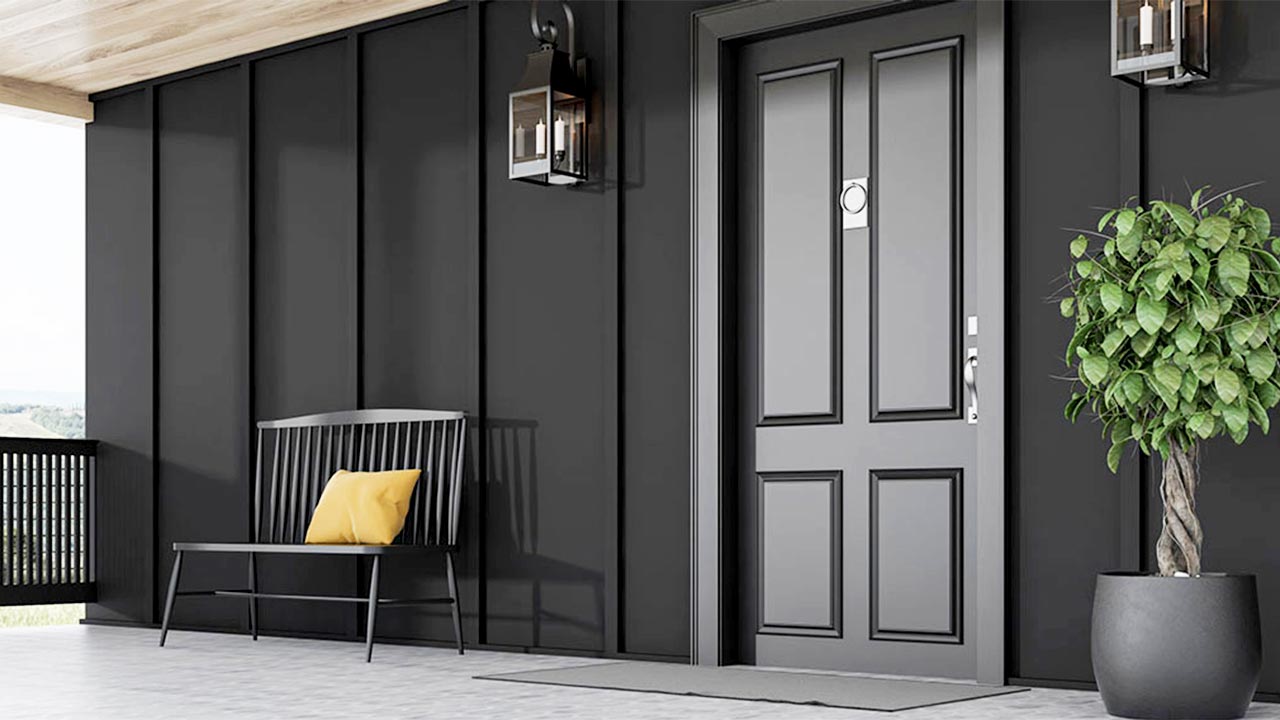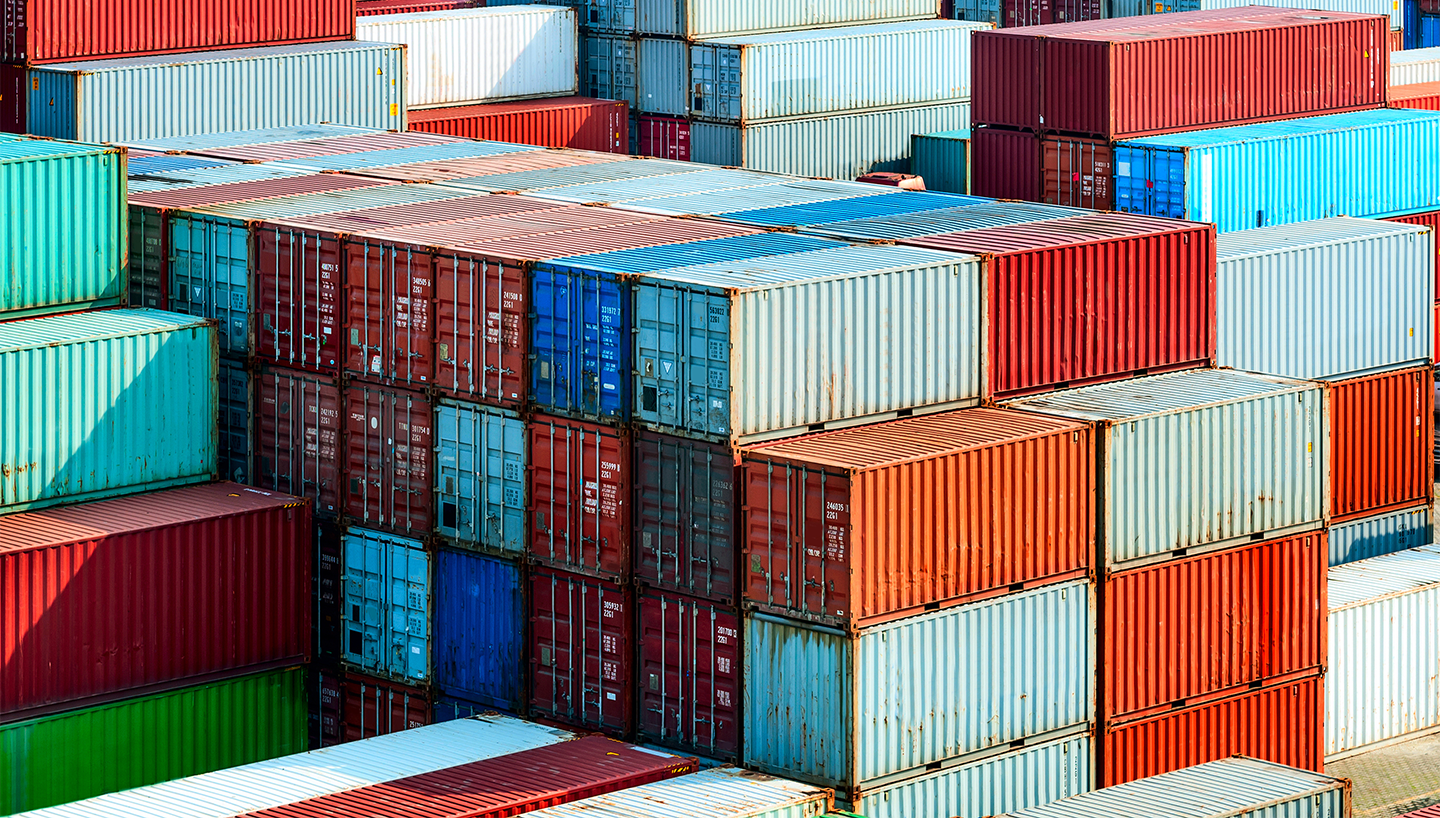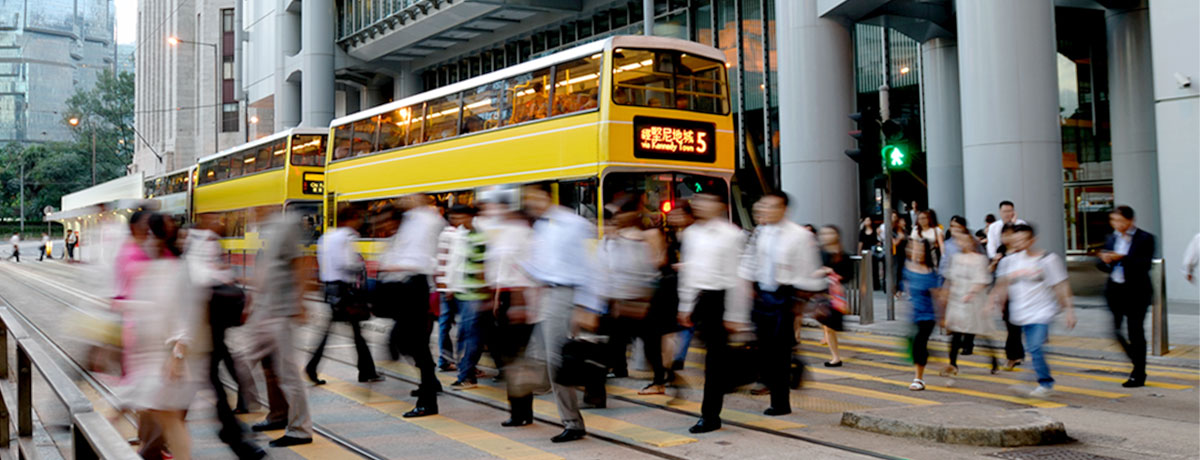Water damage is a leading source of property losses for both building owners and tenants. In some cases, the risk of property damage from water leakage may even be greater than the risk of fire. A relatively small water release can soon result in significant damage if it comes into contact with sensitive electrical or electronic equipment, furnishings or highly susceptible stored commodities.
Sources of water leaks include burst pipes, roof leaks, overflowing toilets, faulty equipment and leaking appliances or plumbing fittings. Water damage risk has the potential to cause significant property damage and business interruption losses because of relocation costs, lost rent, lost trading revenue and can even negatively impact your reputation as a business.
Chubb has noticed an increasing number of commercial property claims involving interior water damage over the last few years. The following are descriptions of actual Chubb property claims.
Claim scenarios¹
Valve failure caused water damage to 16 floors of a high- rise office building
A major water leak was reported when a pressure relief valve coupling failed on the 16th floor of a 21 story multi-tenanted office building. The water flowed for at least an hour, from the 16th story all the way down to the basement, causing extensive damage to the electrical feeds on most floors. Water damage occurred on numerous floors wreaking havoc on suites, mechanical and electrical rooms, offices, and elevators. The main electrical risers were a complete write-off and would take months to replace. Carpeting was totally destroyed on most floors. Business interruption lasted approximately 6 months and the total loss was $9.5 million.
Massive water leak in hotel complex damages 18 floors
A pipe reducer fitting failed on the domestic water supply line in the 18th floor riser room of a 32-story hotel, causing a massive water leak. The building, containing hundreds of guest rooms and apartments, had recently undergone renovations. Over 65 apartments were damaged from the water, as well as building common areas, corridors, the main lobby, electrical riser rooms on 18 floors, and almost all elevators. The total loss amounted to $5.8 million due to lost income associated with rents for displaced tenants and limited hotel room availability during the period of restoration.
Water damage preparedness and mitigation
Risk assessment and mitigation, together with a comprehensive emergency response plan are key elements of a water-damage risk- management plan.
The preparedness or mitigations measures required will, of course, need to be customised based on the water damage exposures identified during the risk assessment process. However, some common risk mitigation measures to consider are as follows:
- Establish procedures to promptly notify key staff and contractors when issues arise.
- Establish formal contractor management procedures to mitigate the risk of unintended water leakage. This should include the review of the proposed scope of work, verification that the required systems have been correctly isolated, notification of all affected parties and verification of work completion prior to de- isolation of affected systems.
- Authorise and train key employees at least annually on how to shut down and isolate systems in an emergency event.
- Undertake regular inspections of the building roof area, exterior walls, below grade areas and drainage infrastructure. Promptly investigate and resolve any minor issues or blockages. Ensure high risk areas and equipment are included in any regular security patrols.
- Undertake regular inspections of building equipment and piping systems such as sump pumps, water leak detection equipment, water service plumbing, hot water systems, fire hydrant and sprinkler systems, etc.
- Periodically inspect flexible hoses and their coupling connections. Replace all hoses within the manufacturer’s recommendations, even hoses that appear to be functioning normally.
- Install leak detection and/or automatic shutdown devices in susceptible equipment rooms, within or around HVAC units, laundry units, kitchens, bathrooms, hot water heaters, and other high sensitivity or susceptible areas. Install water level sensors and alarms in any drainage sumps.
- Attach identification tags to critical valves, indicating what portion of the system they control.
- Assemble emergency supply “spill control kits” equipped with materials to mitigate damage from escaped liquids in key areas of the facility.
- Develop and implement effective leakage response procedures to ensure prompt notification, isolation/containment and clean- up of any leakage. Formal and documented training should be provided to all security, facilities, and property management staff at regular intervals.
The water-damage risk- management plan should be reviewed, tested and updated annually. This process should include testing the effectiveness of management procedures and engineering controls.
Chubb risk engineering services
Chubb has a team of dedicated risk engineers who can assist clients with their risk exposures and premises & plant start-up planning.
For more information, please contact Risk.Engineering.AU@chubb.com
¹ These claims’ scenarios serve only as examples and all claims will be evaluated on a case-by-case basis.
Insights and Expertise

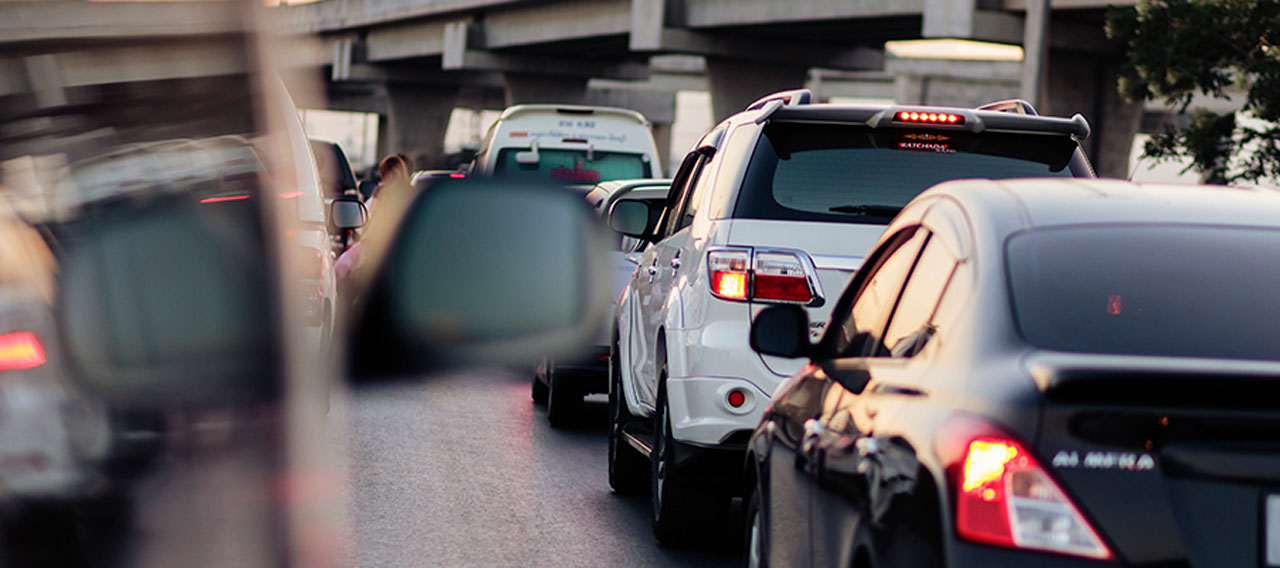
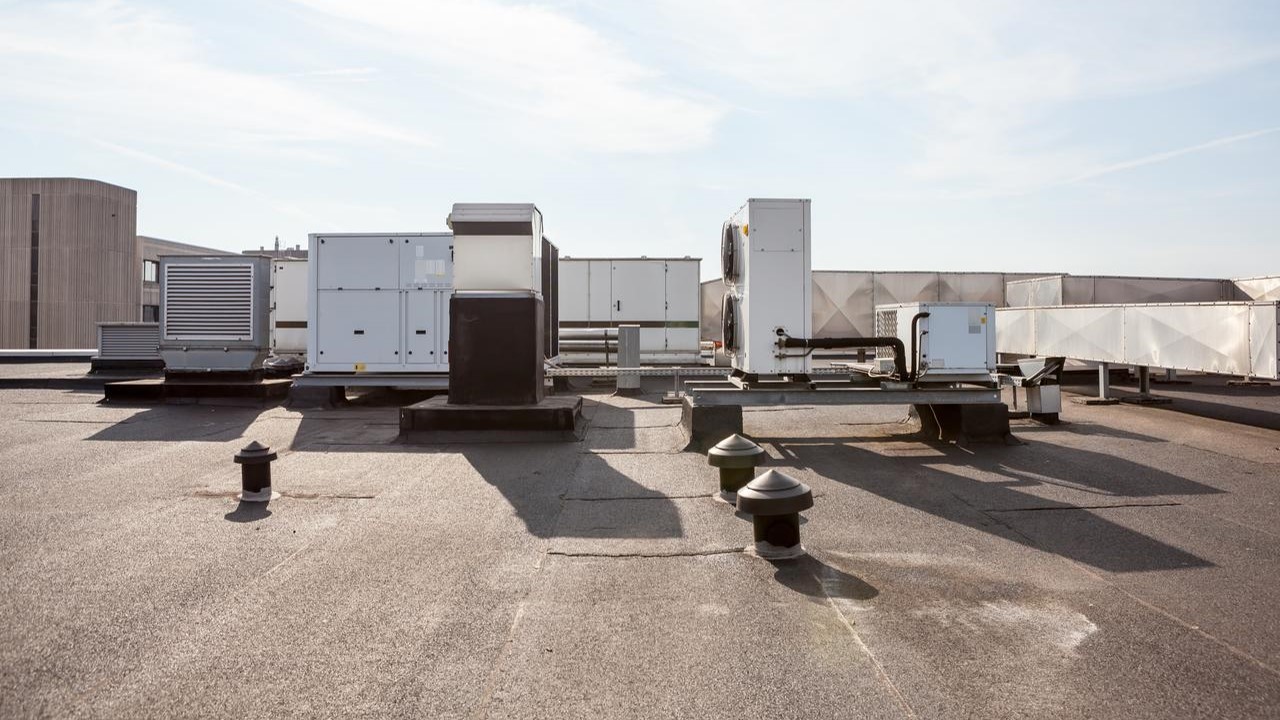



No part of this article may be reproduced in any written, electronic, recording, or printed form without written permission of Chubb.
Disclaimer - All contents of this article are intended for general information/guidance purposes only and not intended to be an offer or solicitation of insurance products or personal advice or a recommendation to any individual or business of any product or service. This article should not be relied on for legal advice or policy coverage and cannot be viewed as a substitute to obtaining proper legal or other professional advice, or for reading the policy documents. You should read the policy documents to determine whether any of the insurance product(s) discussed are right for you or your business, noting different limits, exclusions, terms and conditions apply in each country or territory, and not all cover is available in all countries or territories.

